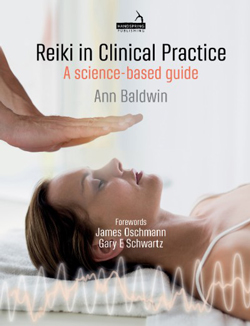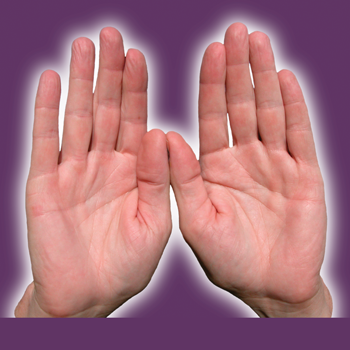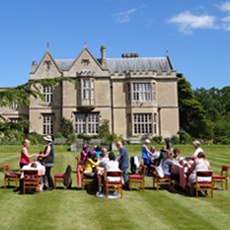Book Review by Robin Fuerst, BS, PharmD
 Ann Baldwin, Ph.D., is a professor of physiology at the University of Arizona and also a board member of The Center for Reiki Research and now the author of Reiki in Clinical Practice: A Science-Based Guide. This well-written book presents many charts and graphics. It presents quality, evidence-based research into Reiki’s effectiveness when combined with conventional medicine in clinical settings. It is an information-dense read with case-study illustrations and references at the end of each chapter.
Ann Baldwin, Ph.D., is a professor of physiology at the University of Arizona and also a board member of The Center for Reiki Research and now the author of Reiki in Clinical Practice: A Science-Based Guide. This well-written book presents many charts and graphics. It presents quality, evidence-based research into Reiki’s effectiveness when combined with conventional medicine in clinical settings. It is an information-dense read with case-study illustrations and references at the end of each chapter.
Hoping to bridge the gap between energy healing and quantitative scientific inquiry, Dr. Baldwin begins with several chapters discussing what Reiki is and why it is important. She also examines information on how Reiki works, and gives ideas on how to optimize the use of Reiki with clients and patients.
The next nine chapters explore various health-related physiological factors tested by Reiki research studies. These include emotional stress, blood circulation, relaxation and well-being, burnout, range of motion, surgery, pain, and chemotherapy. Each chapter introduces an explanation of the physiology involved, the essential indicators, and how they are measured, to help the reader understand the importance of quantitative and qualitative measures.
The book also discusses what establishes quality research from the allopathic medical model standpoint. At times, the evaluation process seems almost harsh, but this is how traditional medicine tests scientific research. A well-designed Reiki study currently needs to contain at a minimum:
- A control group that receives the standard of care and no intervention.
- A group that receives Reiki.
- A group that receives sham Reiki (given by those pretending to be Reiki practitioners but who have no Reiki training) to exclude the possibility of personal interaction or touch alone as being the reason for positive results with Reiki.
It is also important to document the level of Reiki training and experience the practitioner has—ideally, an experienced Master-level practitioner for the best possible results. Using a standard Reiki treatment protocol is another essential factor to document.
Chapter 14 examines the use of Reiki in hospitals. It outlines reasons to include Reiki in hospital settings and also gives examples of various institutions using Reiki for the benefit of patients and staff. It discusses the training of volunteers and ways of talking about Reiki in this setting.
The last chapter considers the gaps in Reiki research. A significant challenge is that there have only been a few studies conducted with a large enough population to have statistical validity for the medical community. Most Reiki studies are pilot studies or involve fewer than 100 patients.
In conclusion, Dr. Baldwin, who is also a Karuna Reiki® Master, has done an extensive review of the current scientific literature on clinical Reiki practice. Reiki practitioners can use this information to discuss the effectiveness of Reiki with the medical community and evaluate the current Reiki research. Researchers will find guidance for designing future quality studies to document the effectiveness of Reiki in a manner acceptable to traditional medicine. Dr. Baldwin’s book is available in the webstore.
Karuna Reiki® is a registered service mark of William Lee Rand.
Robin Fuerst is an ICRT Senior Licensed Holy Fire® III Reiki Master Teacher in Bend, OR. She also teaches Sekhem Seichim Reiki, is an ordained minister through Temple of Light Ministry, and a clinical pharmacy consultant. Robin volunteers as a reviewer for the Center for Reiki Research and is a mentor for the First Presbyterian Church Reiki prayer group. Contact Robin at healingjourneyoptions@gmail.com, or www.healingjourneyoptions.com.







